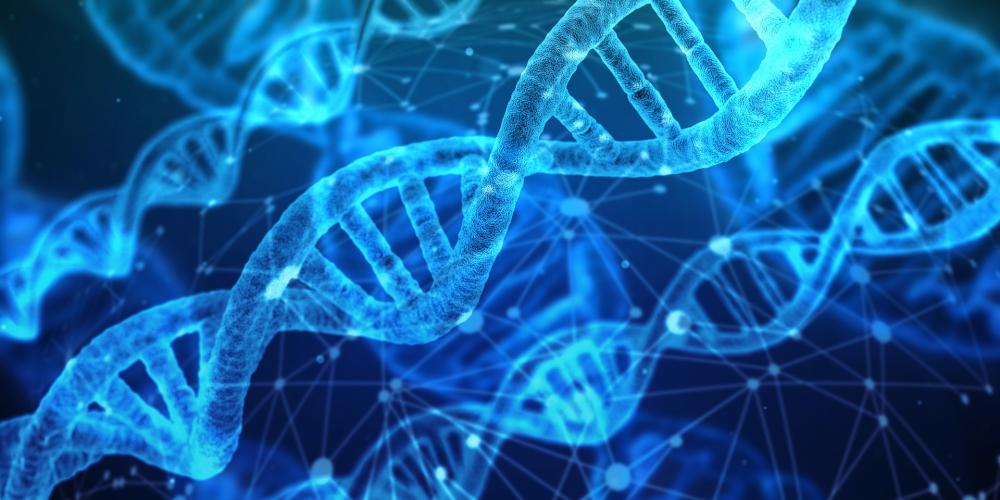The European Union Medical Device Regulation (EU MDR) is a rigorous and detailed regulation that oversees medical device safety and performance in the EU. The Medical Devices Directive (MDD) and the Active Implantable Medical Devices Directive (AIMDD) were replaced by the EU MDR, which went into full force on May 26, 2021.
The EU MDR's Implications for Medical Device Translations
The EU MDR has had several effects on the medical device translation sector. Here are a few highlights:
- Comprehensive documentation: The EU MDR necessitates more in-depth documentation, such as thorough technical documentation and post-market monitoring reports. All these records must be translated into the official language of each EU member country in which the device will be sold.
- Greater quality control: The EU MDR underlines the significance of quality management systems (QMS), which include translation procedures. This implies that translation companies must have strong quality management systems in place to assure the accuracy and quality of their translations.
- Increased labeling requirements: The new regulation also includes stricter labeling requirements, such as the need for a summary of safety and clinical performance. This data must be clearly understood by the common user, which necessitates high-quality translation and localization.
- UDI (Unique Device Identification): The EU MDR includes a UDI system that requires the use of a UDI-DI (device identifier) and a UDI-PI (production identifier). Although the UDI-DI must be registered in the EUDAMED database in English, any material intended for non-English speakers must be translated.
- eIFU (Electronic Instructions for Use): The EU MDR permits some devices to utilize electronic instructions for use (eIFU) rather than paper instructions. The overall amount of translation needed may be reduced as a result, but the eIFUs must still be translated into the proper languages.
Recent Update to the EU MDR
The EU MDR update in May 2023 extended the transition time for medical devices with certifications granted under earlier directives. This was done to alleviate potential medical equipment shortages caused by the slower-than-expected transition to the new MDR regulations.
Although this extension has given some respite to medical device producers, they are still obligated to make progress toward complete MDR compliance. This implies that language service providers must continue to translate technical documents and offer labeling for medical devices in strict conformity with the new MDR regulations.
The Role of Translation Companies Based in Europe
The EU MDR ultimately puts the medical device producer in charge of ensuring the accuracy and compliance of all documents. In practice, however, language service providers of course play a vital role in guaranteeing that translated materials assist manufacturers' compliance with the EU MDR.
Translation businesses headquartered in Europe are well-positioned to assist medical device makers in complying with the EU MDR. They are well-versed in the EU MDR regulations as well as the special issues arising from the translation of medical device paperwork. They also have access to a pool of knowledgeable and experienced medical-device translators.
Accurate Medical Device Translations Are Critical for MDR Compliance
The MDR establishes a special focus on device labeling and instructions for use. Translations must be precise, comprehensive, and compatible with the source material. Medical device manufacturers will continue to rely on translation service providers who specialize in regulatory translations for the healthcare industry.
Despite the MDR update, there have been no changes to the overall aims of increasing patient safety and improving clinical evidence for medical devices. Translations must nevertheless follow the MDR's demanding criteria for clarity, consistency, and completeness.
The extension gives medical device businesses and translation service providers more time to prepare for complete MDR compliance. Still, overall translation quality and full compliance with translation requirements for technical documentation remain paramount. Firms will continue to seek translation partners with demonstrated experience in medical device translations, understanding of the new MDR criteria, and the capacity to provide translations that allow medical device firms to achieve MDR compliance.
Powerling's Role in EU MDR Compliance
Powerling is a multilingual company that specializes in translation and multilingual content. We understand the EU MDR regulations as well as the particular problems of translating medical device documentation. We also have access to a pool of knowledgeable and experienced medical device translators.
Powerling can assist medical device makers in meeting EU MDR requirements in the following ways:
- We can translate all of your medical device documentation, including technical documentation, labeling, and eIFUs, into the relevant languages.
- We employ a stringent quality assurance procedure to guarantee that all our translations are accurate, comprehensive, and consistent with the source documentation.
- We can assist you in developing and implementing a translation management system that complies with EU MDR criteria.
Powerling is dedicated to offering the finest quality translation services to medical device makers in order to assist them with achieving MDR compliance. We recognize the indispensability of accuracy and precision when translating medical device documentation, and we have a proven track record of success in this field.

